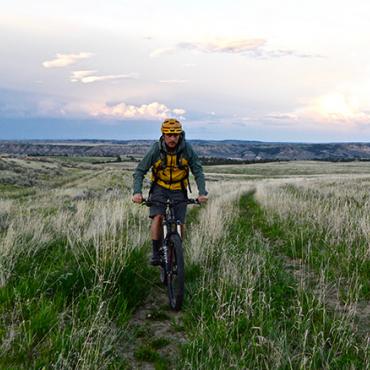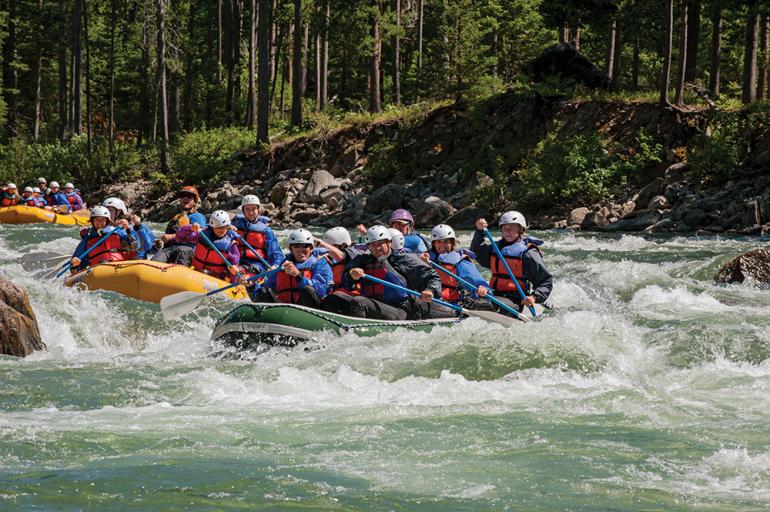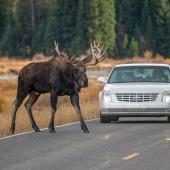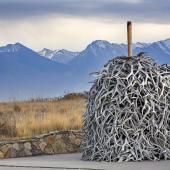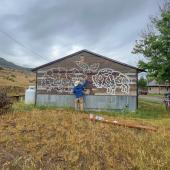River Renovation
Gallatin access points get a facelift.
Ever since the mid-’90s, when Paul Maclean took shadow-casting mainstream, scores of anglers have descended upon our little corner of paradise. Many set up shop along the banks of the Gallatin and other southwest Montana rivers.
Over that same time period, Forest Service recreation budgets have plummeted, with millions being siphoned away to fight fires raging across an ever-drier West. Everyone from biotech billionaires to Thomas McGuane wannabes now ply our backyard waterways, and the combination of booming outdoor recreation and busting federal management and restoration have left the Gallatin loved to death.
Well, not yet. Hyperbole aside, easy access to the Gallatin has taken its toll. A 2015 study coordinated by the Gallatin River Task Force and the Custer-Gallatin National Forest found that from the Yellowstone Park boundary to Spanish Creek, river users have created 111 river-access sites. Some are barely noticeable and leave little impact, and some you can see from space. The cumulative result is harming aquatic wildlife—trout—and damaging important streamside vegetation. Healthy streamside vegetation provides habitat for trout food—bugs—and is therefore more important to anglers than they might realize.
Because of the scale of the issue, the Task Force and the Forest Service entered into a long-term agreement to identify and restore high-use access points in an effort to make them more sustainable. In 2017, the partners broke ground at Moose Creek, installing a sustainable boat ramp, dedicated kayak launch, designated access trails, and enhanced parking area, all of which help concentrate recreational use.
To repair damage done, the Task Force and their partners planted willows along the trampled riverbanks and installed a bioengineered streambank to stabilize erosion. Willows create a riparian buffer zone that increases streamside shading, lowering water temperatures and improving in-stream fish habitat.
The Moose Creek project wrapped in the spring of 2018, and now the Task Force is moving on to the access point just upstream of the Deer Creek trailhead and Green Bridge, a popular swimming hole. The parking area to the south is loaded with rafters and anglers in the summer, many of whom, while looking for more direct river access, have created a network of deeply-rutted two tracks, damaging a mapped wetland. With no dedicated boat ramp and a now-inadequate parking lot, changes need to be made.
Starting this summer, crews will be installing a raft launch, accessible angler platforms, improved and designated parking, and another dedicated kayak launch. A network of trails will replace the two tracks, providing easy angler access without as much damage to vegetation. Interpretative signs along the trails will educate users about recreation impacts and how to mitigate harmful behavior. Along the banks, streamside vegetation will be replanted, restoring another riparian buffer zone in the hopes of improving habitat, for both fish and fish food.
Much of the Deer Creek project will wrap by late fall, with some planting carrying over until the spring of 2021. At that point, the Task Force will be on to their next project, an overhaul of the Porcupine and Beaver Creek sites just south of the Hwy. 64 junction. As the work progresses, Gallatin Canyon fishing access will improve, along with the health of the river.
David Tucker is the communications manager for the Gallatin River Task Force.


